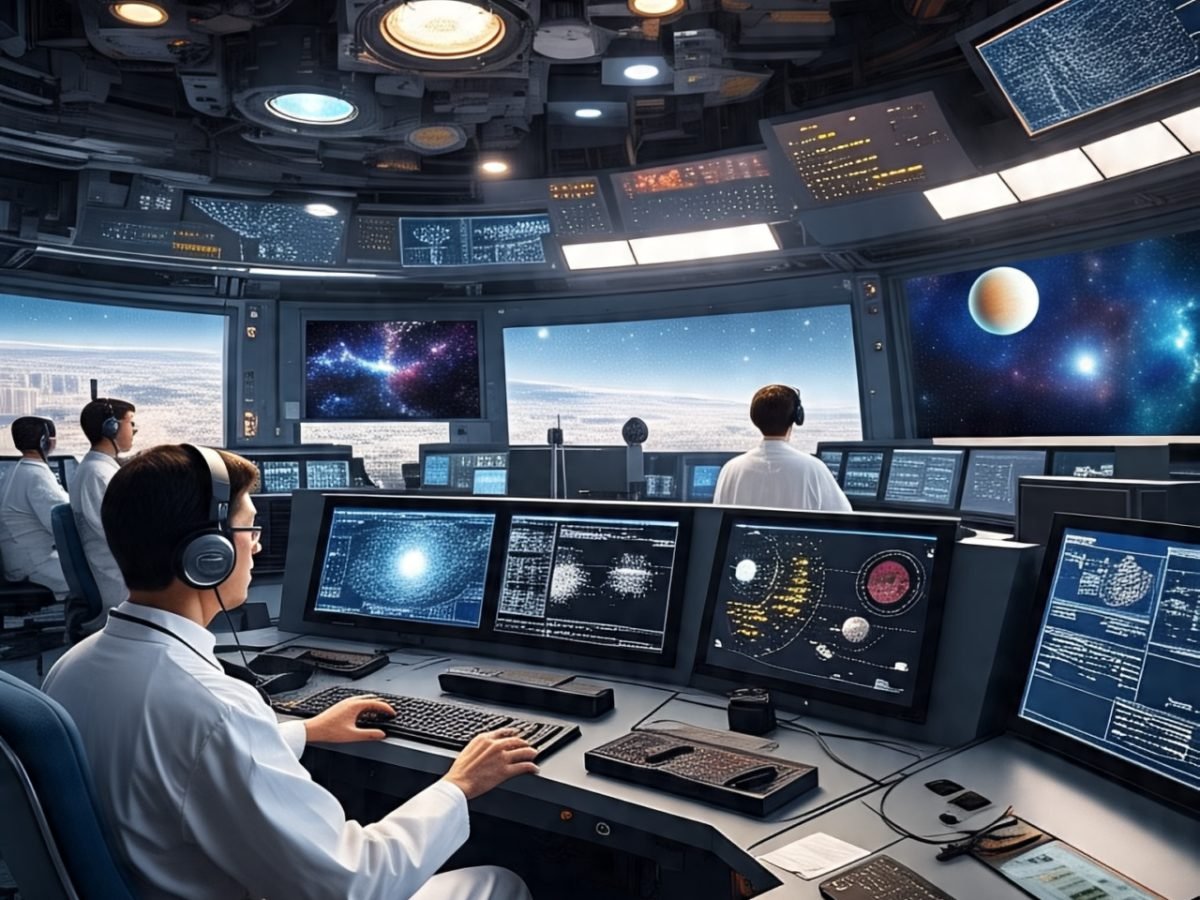China to Launch First Global Alliance Focused on Advancing International Deep-Space Exploration Efforts

Table of Contents
China Sets the Stage for a New Era in Global Space Cooperation
In a landmark move to democratize access to deep-space research, China is preparing to launch the International Deep Space Exploration Association (IDSEA), the nation’s first international academic organization dedicated exclusively to aerospace science and collaboration. The formal announcement is scheduled for next Monday, and the association will be headquartered in Anhui Province, co-founded by the Deep Space Exploration Laboratory (DSEL) based in Hefei.
This initiative signals China’s intent to take a leading role in fostering inclusive international cooperation in space exploration, especially by supporting developing countries in overcoming the barriers posed by limited financial, technological, and educational resources.
Mission and Vision of IDSEA
The International Deep Space Exploration Association (IDSEA) aims to serve as an inclusive, global platform where nations, regardless of their level of technological advancement, can participate in deep-space research. Its objectives include:
Promoting collaborative lunar, planetary, and asteroid missions
Supporting the development of affordable space technologies
Facilitating scientific training programs and knowledge exchange
By emphasizing equality and access, IDSEA seeks to challenge the traditional dominance of a few space-faring nations and open doors for others to contribute meaningfully to humanity’s exploration of the solar system.
Helping Developing Nations Enter the Space Arena
Wang Zhongmin, director of international cooperation at DSEL, noted that IDSEA is designed to empower developing countries to enter the realm of deep-space research through manageable and impactful programs. These include:
CubeSat projects: Small, low-cost satellites that can be developed and launched for scientific and educational missions
International workshops and training programs focused on mission planning, spacecraft engineering, and data analysis
The intent is to build capacity in countries that typically cannot access high-end space infrastructure, creating a more diverse and globally representative space science community.
Breaking the Deep-Space Technology Monopoly
The creation of IDSEA reflects China’s broader goal of breaking the existing technological monopoly in deep-space research, which has long been dominated by the United States, Russia, and a few European powers.
With this initiative, China signals its willingness to decentralize control over key scientific advancements in space and encourage open, cooperative exploration efforts that benefit all of humanity.
China’s Growing Role in Space Science
Though relatively new to the international space race, China has made impressive progress in a short time. The country has achieved:
A successful lunar sample-return mission (Chang’e-5)
A Mars landing and surface exploration via Tianwen-1
Ongoing development of a modular space station (Tiangong)
These milestones underscore China’s commitment to long-term exploration goals and its readiness to lead cooperative missions in deep space.
Global Collaboration Already Underway
China is already acting on its vision of international cooperation. In a gesture of transparency and goodwill, China recently allowed seven institutions from six countries—including France, Germany, Japan, Pakistan, the UK, and the US—to access lunar samples collected by the Chang’e-5 mission.
This marks a rare instance of a non-Western space agency sharing scientific resources so openly and is likely to serve as a model for future collaborations under the IDSEA framework.
Tianwen-3: A Global Invitation
Looking ahead, China is extending open invitations to international partners for its Tianwen-3 Mars sample-return mission, expected to launch around 2028. This mission aims to collect and return samples from the Martian surface—an unprecedented scientific endeavor that could offer insights into the planet’s past and the potential for life.
If successful, Tianwen-3 would mark one of the most significant space missions since the Apollo moon landings, placing China at the forefront of interplanetary science.
Implications for the Global Space Community
The launch of IDSEA may shift the dynamics of global space exploration in several important ways:
Lowering entry barriers for emerging space nations
Encouraging joint scientific missions and data sharing
Creating new academic and technical pathways for young researchers worldwide
By promoting shared leadership in deep-space science, China’s approach could increase global cooperation in space policy, reduce geopolitical tensions, and accelerate scientific progress.
Conclusion
China’s decision to launch the International Deep Space Exploration Association (IDSEA) is a strategic and forward-looking move that could reshape the global space landscape. By creating an inclusive framework for collaboration, particularly for nations previously left out of the space race, China is setting a precedent for a more equitable and cooperative future in deep-space exploration.
From CubeSat missions to Mars sample returns, the next decade promises to be a transformative period. With IDSEA, China positions itself not just as a space power, but as a global partner committed to the collective advancement of science and humanity.
FAQs
1. What is the International Deep Space Exploration Association (IDSEA)?
IDSEA is China’s first international aerospace organization aimed at promoting inclusive collaboration in deep-space research and exploration, with a focus on supporting developing nations.
2. Who is leading the IDSEA initiative?
The association is co-founded by the Hefei-based Deep Space Exploration Laboratory and will be headquartered in Anhui province, China.
3. How will IDSEA support developing countries?
It will provide access to affordable technologies like CubeSats, offer training programs, and foster partnerships that allow countries with limited resources to engage in space science.
4. What is China’s Tianwen-3 mission?
Tianwen-3 is China’s upcoming Mars sample-return mission, scheduled around 2028. It aims to bring back Martian samples to Earth for analysis, potentially revealing signs of past life.
5. Why is IDSEA significant for the future of space exploration?
It represents a major shift toward global inclusivity in space science, offering equal opportunities for collaboration and knowledge-sharing in deep-space missions.
